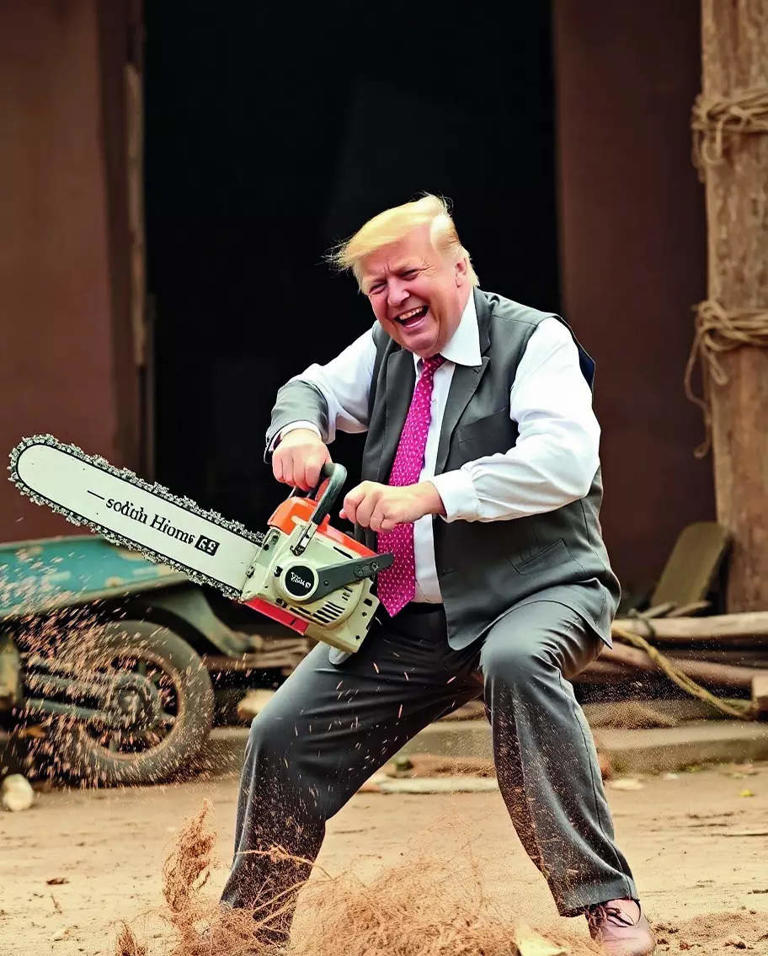On January 20, the world braces for a shake-up as Donald Trump returns to the helm, promising a new era of disruption. Across the G7, governments are toppling like dominoes, with Canada and Germany being the latest casualties.
For the developing world, Trump’s unpredictable nature is both familiar and concerning. Vietnam, for instance, faces economic tremors as it navigates the crossfire of Trump’s China tariffs, despite his affinity for Hanoi.
India, too, stands at a critical juncture, facing three immediate challenges that bear the hallmark of Trump’s presidency:
1. Immigration Woes: Legal and Illegal
The Trump administration’s hardline stance on immigration is likely to impact India significantly. Mass deportations of undocumented Indian migrants—primarily from prosperous states—appear imminent, compounded by India’s labeling as “uncooperative” on this issue.
While India’s illegal migrant population in the U.S. is smaller compared to Chinese or Central American groups, Trump’s voter-centric focus on immigration may intensify pressures. India’s leverage as a major tech talent hub could be tested. Instead of complacency, India should adopt a transactional approach: facilitating smoother talent movement for U.S. and Indian companies and repatriating undocumented migrants to mitigate PR disasters and safeguard coveted H-1B visas.
2. Turmoil in Bangladesh
India faces mounting pressure from illegal immigration out of Bangladesh, particularly in states like West Bengal. Dhaka’s political and economic instability demands India’s deft diplomacy to prevent a Syria-like implosion.
The current government in Bangladesh, led by Muhammad Yunus, is fraught with challenges. With elections tentatively planned for 2025-26, Yunus relies on a mix of idealistic students and opportunistic Islamists, but his governance remains lackluster.
For India, patience and calculated moves are key. The recent shift in Mamata Banerjee’s stance—aligning with the central government amidst economic pressure on her support base—offers a rare opportunity for a united front. This unity could bolster India’s influence in Dhaka while navigating U.S. interests in the region.
3. Managing China Relations
As India and China work towards ‘normalization,’ with NSA Ajit Doval engaging in boundary talks in Beijing, Washington observes closely. Maintaining an independent trajectory in its relationship with Beijing is crucial for India.
India’s strategy must balance border issues and trade negotiations with China while managing the Indo-Pacific dynamics shaped by its partnership with the U.S. A constructive dialogue with China, free from external interference, is vital to preserving India’s strategic autonomy.
Navigating the Trump 2.0 Era
Trump’s second term is expected to be more structured and goal-oriented, leaving little room for the ‘chaos’ cushion of his first term. For India, the task ahead is clear: address emerging challenges with pragmatism and prepare for geopolitical shifts with Trump at the center. By strengthening its internal and external strategies, India can weather the headwinds of this new world order.













